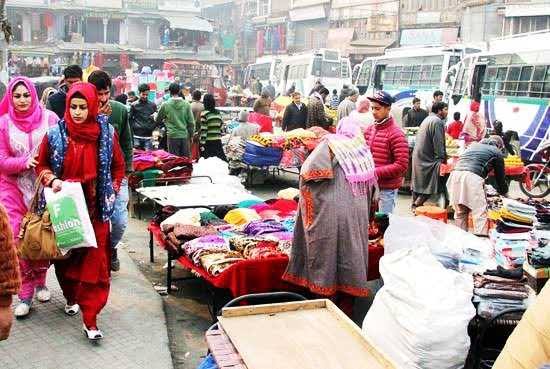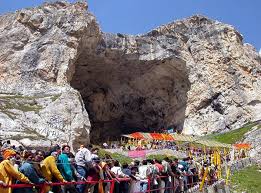The common perception that roadside vendors in Kashmir are poor and struggling to make ends meet is now under serious question. An investigation has revealed a startling economic reality: nearly 70 percent of roadside vendors in Srinagar and surrounding areas are, in fact, millionaires, living far removed from the poverty they project daily on the streets.
Field surveys and data collected by KNT from areas such as Mehjoor Nagar, Qamarwari, HMT, Shalteng, Bemina, and other localities show that a large number of these vendors own plush properties, drive expensive vehicles, and maintain comfortable lifestyles while continuing to operate makeshift stalls in the busiest public spaces of the city.
Far from being marginalized, these vendors have successfully built a parallel economy, thriving amidst lax regulations and weak enforcement. According to sources, many of them have not only occupied prime public spaces—such as footpaths near hospitals and markets, but have also monetized these spots, leasing them out or handing them over to relatives and acquaintances under government-sanctioned relocation schemes.
In one glaring example, dozens of vendors who were relocated by the administration from congested commercial areas quietly returned under different names or had their kin reoccupy the same spaces. This manipulation of policy has allowed them to maintain their stranglehold on some of the city’s most high-value real estate, rent-free and tax-free.
The entire stretch behind LD Hospital in Srinagar has become a chaotic, uncontrolled sprawl of street vending, causing severe disruptions to vehicular and pedestrian movement. “They are like locusts,” remarked one official anonymously, “spreading unchecked from one part of the city to another, exploiting every loophole in the system.”
Ironically, public sympathy often shields these affluent vendors. Every time the authorities initiate an anti-encroachment drive, social media buzzes with criticism, portraying such actions as oppressive. “What people don’t see is the scale of money involved,” said a source in the Srinagar Municipal Corporation. “Many of these individuals own multiple shops and still run street carts. They play the poverty card brilliantly.”
The lack of strong municipal legislation and poor coordination among departments has emboldened these vendors to assert ownership over public property, leading to worsening traffic jams, shrinking pedestrian space, and serious safety hazards.
The findings challenge the simplistic narrative of urban poverty often associated with street vending. It is now clear that street vending in Kashmir, in many cases, is not a means of survival but a route to untaxed, unregulated affluence.
As one senior bureaucrat put it bluntly: “What was once a livelihood issue has turned into a well-organized urban mafia that thrives on public sympathy and governmental apathy.” [KNT]







